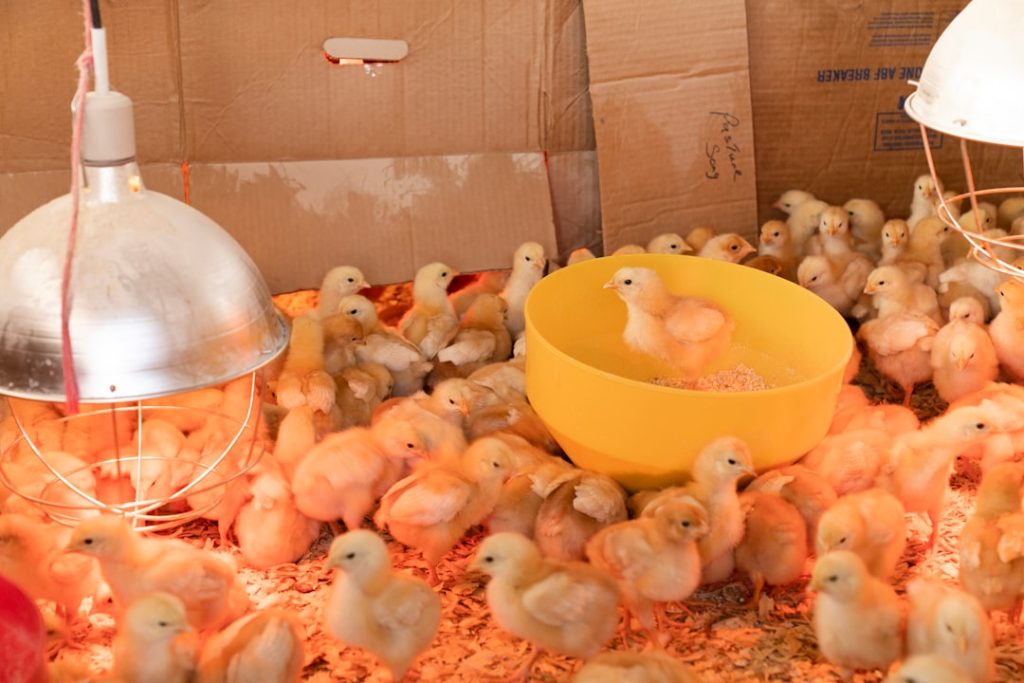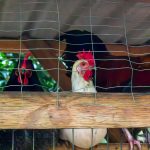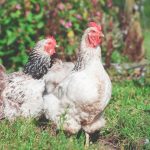Chickens, like all living creatures, have specific needs for optimal health and well-being. In cold weather, it is crucial to understand their natural behaviors and requirements to ensure their comfort and survival. While chickens are generally hardy, they are still affected by cold temperatures and require a warm, dry environment to maintain good health.
Chickens instinctively seek warmth and shelter when temperatures drop. Understanding these natural behaviors is essential for providing appropriate care during colder months. Cold weather can significantly impact chicken health and well-being, making it necessary to take proactive measures to keep them warm.
A well-insulated, draft-free coop is vital for protecting chickens from harsh weather conditions such as wind, rain, and snow. The coop should be designed to keep moisture out while retaining heat. In addition to proper housing, chickens need access to fresh water and a balanced diet to maintain their body temperature and overall health.
Chickens also exhibit natural behaviors like huddling together for warmth. Recognizing and accommodating these instincts can help in creating a suitable environment for them during cold weather. By understanding and addressing the specific needs of chickens in cold conditions, owners can ensure their flock remains healthy and comfortable throughout the winter months.
Table of Contents
Key Takeaways
- Understanding the needs of your chickens is crucial for their well-being and productivity.
- The impact of weather on chickens can be significant, affecting their health and egg production.
- Options for keeping chickens warm include providing adequate shelter, insulation, and supplemental heating.
- Signs of distress in cold weather include huddling together, decreased egg production, and frostbite.
- Proper ventilation is important for removing moisture and ammonia from the coop, ensuring a healthy environment for the chickens.
- Ensuring a healthy and comfortable environment for your flock involves maintaining cleanliness, providing proper nutrition, and monitoring their behavior and health.
- Making informed decisions for your flock requires considering their specific needs, the local climate, and available resources.
The impact of weather on chickens
The Negative Effects of Cold Weather
Cold weather can have a significant impact on chickens, particularly during the colder months. Decreased egg production, increased susceptibility to illness, and even death in extreme cases are all potential consequences of cold temperatures. When temperatures drop, chickens must work harder to maintain their body temperature, leading to increased stress and decreased immune function.
The Consequences of Cold Weather on Chicken Health
Cold weather can also cause chickens to eat more in order to generate heat, leading to weight gain and other health issues. Furthermore, cold weather can lead to frostbite and other cold-related injuries. Chickens are particularly vulnerable to cold weather because they lack the ability to regulate their body temperature like mammals do.
Taking Proactive Measures to Mitigate the Risks
Understanding the impact of weather on chickens involves recognizing the potential risks and taking proactive measures to mitigate them. By understanding how cold weather can affect chickens, you can make informed decisions about how to keep them warm and comfortable during the colder months. This knowledge is crucial in ensuring the health and well-being of your chickens.
Options for keeping chickens warm
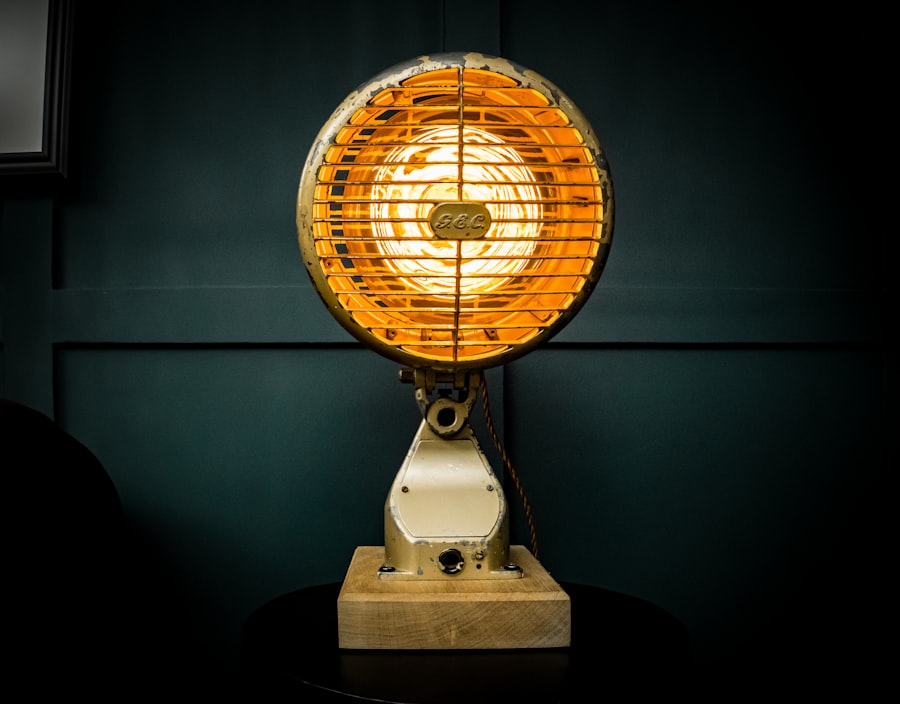
There are several options for keeping chickens warm in cold weather, ranging from simple adjustments to more elaborate solutions. One option is to insulate the chicken coop with materials such as straw, hay, or foam insulation. Insulating the coop can help retain heat and prevent drafts, providing a warmer environment for the chickens.
Another option is to use heat lamps or heated pads to provide additional warmth inside the coop. These can be especially useful during extreme cold spells or for particularly vulnerable chickens, such as young chicks or older birds. Additionally, providing extra bedding, such as wood shavings or straw, can help keep chickens warm by providing insulation and a comfortable surface to rest on.
By exploring these options for keeping chickens warm, you can find the best solution for your flock based on their specific needs and the severity of the weather. In addition to insulating the coop and using heat lamps or heated pads, there are other options for keeping chickens warm in cold weather. For example, providing a well-ventilated but draft-free coop can help maintain a comfortable temperature for the chickens.
This can be achieved by using adjustable vents or windows that can be opened or closed as needed. Another option is to use heated waterers to prevent water from freezing, ensuring that the chickens have access to fresh water at all times. Additionally, providing extra feed during cold weather can help keep chickens warm by providing them with additional energy to generate heat.
By exploring these options for keeping chickens warm, you can create a comfortable and healthy environment for your flock during the colder months.
Signs of distress in cold weather
It’s important to be able to recognize the signs of distress in chickens during cold weather in order to take prompt action to address any issues. Some common signs of distress in cold weather include shivering, huddling together for warmth, decreased activity, decreased egg production, pale combs and wattles, and frostbite. Shivering is a clear sign that chickens are feeling cold and struggling to maintain their body temperature.
Huddling together for warmth is another common behavior in cold weather, as chickens instinctively seek out each other’s body heat for comfort. Decreased activity and egg production can also indicate that chickens are feeling the effects of cold weather and may need additional warmth or protection. Additionally, pale combs and wattles are a sign of poor circulation due to cold temperatures, while frostbite can occur on exposed skin in extreme cold conditions.
By being able to recognize these signs of distress in cold weather, you can take proactive measures to keep your chickens warm and healthy. In addition to shivering, huddling together for warmth, decreased activity, decreased egg production, pale combs and wattles, and frostbite, there are other signs of distress in chickens during cold weather. For example, lethargy and loss of appetite can indicate that chickens are feeling unwell due to the cold.
Additionally, respiratory issues such as coughing or wheezing can be a sign of respiratory infections that are more common in cold and damp conditions. It’s important to monitor your flock closely for any signs of distress in cold weather so that you can take prompt action to address any issues. By being able to recognize these signs of distress in chickens during cold weather, you can ensure that your flock stays warm and healthy throughout the colder months.
The importance of proper ventilation
Proper ventilation is crucial for maintaining a healthy and comfortable environment for chickens in both hot and cold weather. In cold weather, proper ventilation helps remove excess moisture from the coop, which can lead to dampness and frostbite if left unchecked. It also helps prevent the buildup of ammonia from chicken droppings, which can cause respiratory issues in chickens if not properly ventilated.
Additionally, proper ventilation helps regulate the temperature inside the coop by allowing fresh air to circulate while removing stale air. This is important for preventing condensation and mold growth, which can be harmful to both chickens and their caretakers. By understanding the importance of proper ventilation, you can take the necessary steps to ensure that your chicken coop provides a healthy and comfortable environment for your flock.
Proper ventilation is essential for maintaining a healthy and comfortable environment for chickens in both hot and cold weather. In addition to removing excess moisture and preventing the buildup of ammonia, proper ventilation also helps remove dust and dander from the coop, which can cause respiratory issues in both chickens and humans if not properly ventilated. It also helps regulate humidity levels inside the coop, which is important for preventing mold growth and maintaining a comfortable environment for the chickens.
Proper ventilation is especially important in cold weather, as it helps prevent condensation from forming inside the coop, which can lead to dampness and frostbite if left unchecked. By understanding the importance of proper ventilation, you can take proactive measures to ensure that your chicken coop provides a healthy and comfortable environment for your flock throughout the colder months.
Ensuring a healthy and comfortable environment
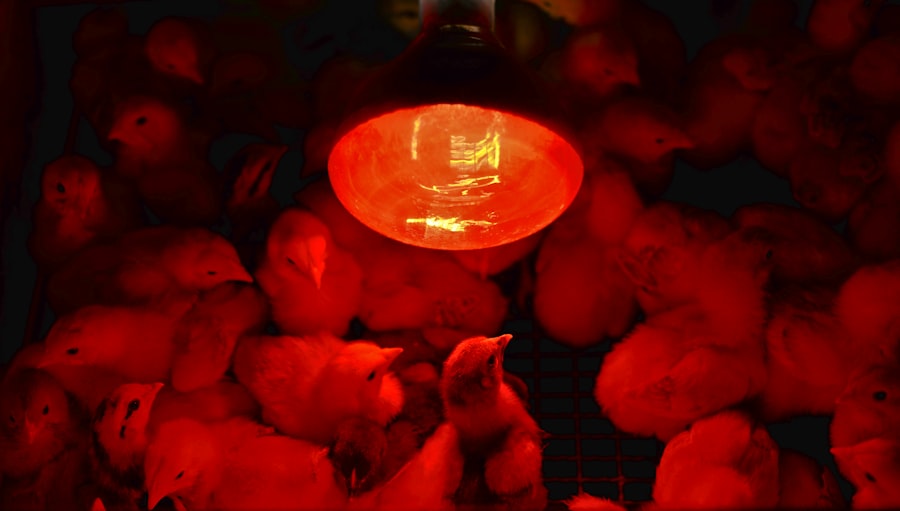
Providing a Balanced Diet
Ensuring a healthy and comfortable environment for your chickens also involves providing them with a balanced diet that meets their nutritional needs throughout the year. By taking these proactive measures, you can create an environment that promotes the health and well-being of your flock regardless of the weather conditions.
Maintaining a Clean and Healthy Coop
In addition to providing insulation and heat sources in cold weather, proper ventilation and shade in hot weather, maintaining a clean and dry coop by regularly removing droppings and providing fresh bedding is crucial. This helps to prevent the spread of diseases and keeps your chickens healthy and happy.
Monitoring Behavior and Health
Ensuring a healthy and comfortable environment for your chickens also involves monitoring their behavior and health closely throughout the year. This includes observing their activity levels, egg production, appetite, and overall appearance for any signs of distress or illness. It also involves taking prompt action to address any issues that arise by providing additional warmth or medical care as needed. By ensuring a healthy and comfortable environment for your chickens through proactive measures and close monitoring, you can create an environment that promotes their health and well-being regardless of the weather conditions.
Making informed decisions for your flock
Making informed decisions for your flock involves considering their specific needs and behaviors in order to provide them with a healthy and comfortable environment throughout the year. This includes understanding how weather conditions can impact their health and well-being, as well as recognizing the signs of distress in both hot and cold weather. It also involves exploring different options for keeping them warm or cool as needed based on their specific requirements and the severity of the weather conditions.
Additionally, making informed decisions for your flock involves staying informed about best practices for chicken care through reputable sources such as veterinary professionals or experienced chicken keepers. By making informed decisions for your flock based on their specific needs and behaviors, you can ensure that they stay healthy and comfortable regardless of the weather conditions. In addition to understanding how weather conditions can impact their health and well-being, recognizing signs of distress in both hot and cold weather, exploring different options for keeping them warm or cool as needed based on their specific requirements and staying informed about best practices for chicken care through reputable sources such as veterinary professionals or experienced chicken keepers, making informed decisions for your flock also involves considering their individual personalities and preferences when making adjustments to their environment throughout the year.
This includes observing how they respond to changes in temperature or other environmental factors so that you can tailor your approach accordingly. By making informed decisions for your flock based on their specific needs and behaviors while considering their individual personalities and preferences, you can ensure that they stay healthy and comfortable regardless of the weather conditions. In conclusion, understanding the needs of your chickens is crucial for providing them with a healthy and comfortable environment throughout the year.
The impact of weather on chickens can be significant, especially during colder months when they require additional warmth and protection from the elements. There are several options for keeping chickens warm in cold weather, ranging from simple adjustments such as insulating the coop to more elaborate solutions such as using heat lamps or heated pads. It’s important to be able to recognize signs of distress in cold weather so that you can take prompt action to address any issues that arise.
Proper ventilation is crucial for maintaining a healthy environment for chickens in both hot and cold weather by removing excess moisture and regulating temperature levels inside the coop. Ensuring a healthy and comfortable environment for your flock involves taking proactive measures such as providing insulation and heat sources in cold weather while monitoring their behavior closely throughout the year. Making informed decisions for your flock involves considering their specific needs while staying informed about best practices for chicken care through reputable sources such as veterinary professionals or experienced chicken keepers.
By making informed decisions based on their specific needs while considering their individual personalities and preferences throughout the year, you can ensure that they stay healthy and comfortable regardless of the weather conditions. By understanding their needs, recognizing signs of distress, exploring different options for keeping them warm or cool as needed while ensuring proper ventilation and taking proactive measures throughout the year based on their specific requirements, you can create an environment that promotes their health and well-being regardless of the weather conditions.
If you’re wondering if you need to keep your chickens warm, you may also be interested in learning about the benefits of a snaplock chicken coop. This article from Poultry Wizard discusses the advantages of using a snaplock chicken coop to keep your chickens safe and comfortable. Check it out here to learn more about how this type of coop can help provide a warm and secure environment for your chickens.
FAQs
Do chickens need to be kept warm in the winter?
Yes, chickens do need some form of warmth in the winter to prevent them from getting too cold. However, they are generally hardy birds and can tolerate cold temperatures as long as they have a dry and draft-free coop.
How can I keep my chickens warm in the winter?
You can keep your chickens warm in the winter by providing them with a well-insulated and draft-free coop. Adding extra bedding, such as straw or wood shavings, can also help to keep them warm. Additionally, using a heat lamp or a heated waterer can provide additional warmth.
What temperature is too cold for chickens?
Chickens can tolerate cold temperatures quite well, but they are susceptible to frostbite if exposed to extreme cold for prolonged periods. Generally, temperatures below 0°F (-18°C) can be dangerous for chickens, especially if they are not provided with adequate shelter and warmth.
Are there any breeds of chickens that are more cold-hardy?
Yes, some chicken breeds are more cold-hardy than others. Breeds such as the Rhode Island Red, Plymouth Rock, and Wyandotte are known for their ability to tolerate cold temperatures. If you live in a colder climate, it may be beneficial to choose cold-hardy breeds for your flock.
What are the signs that my chickens are too cold?
Signs that your chickens may be too cold include huddling together for warmth, decreased egg production, lethargy, and pale combs and wattles. If you notice these signs, it’s important to take steps to provide them with additional warmth and protection from the cold.
Meet Walter, the feathered-friend fanatic of Florida! Nestled in the sunshine state, Walter struts through life with his feathered companions, clucking his way to happiness. With a coop that’s fancier than a five-star hotel, he’s the Don Juan of the chicken world. When he’s not teaching his hens to do the cha-cha, you’ll find him in a heated debate with his prized rooster, Sir Clucks-a-Lot. Walter’s poultry passion is no yolk; he’s the sunny-side-up guy you never knew you needed in your flock of friends!

